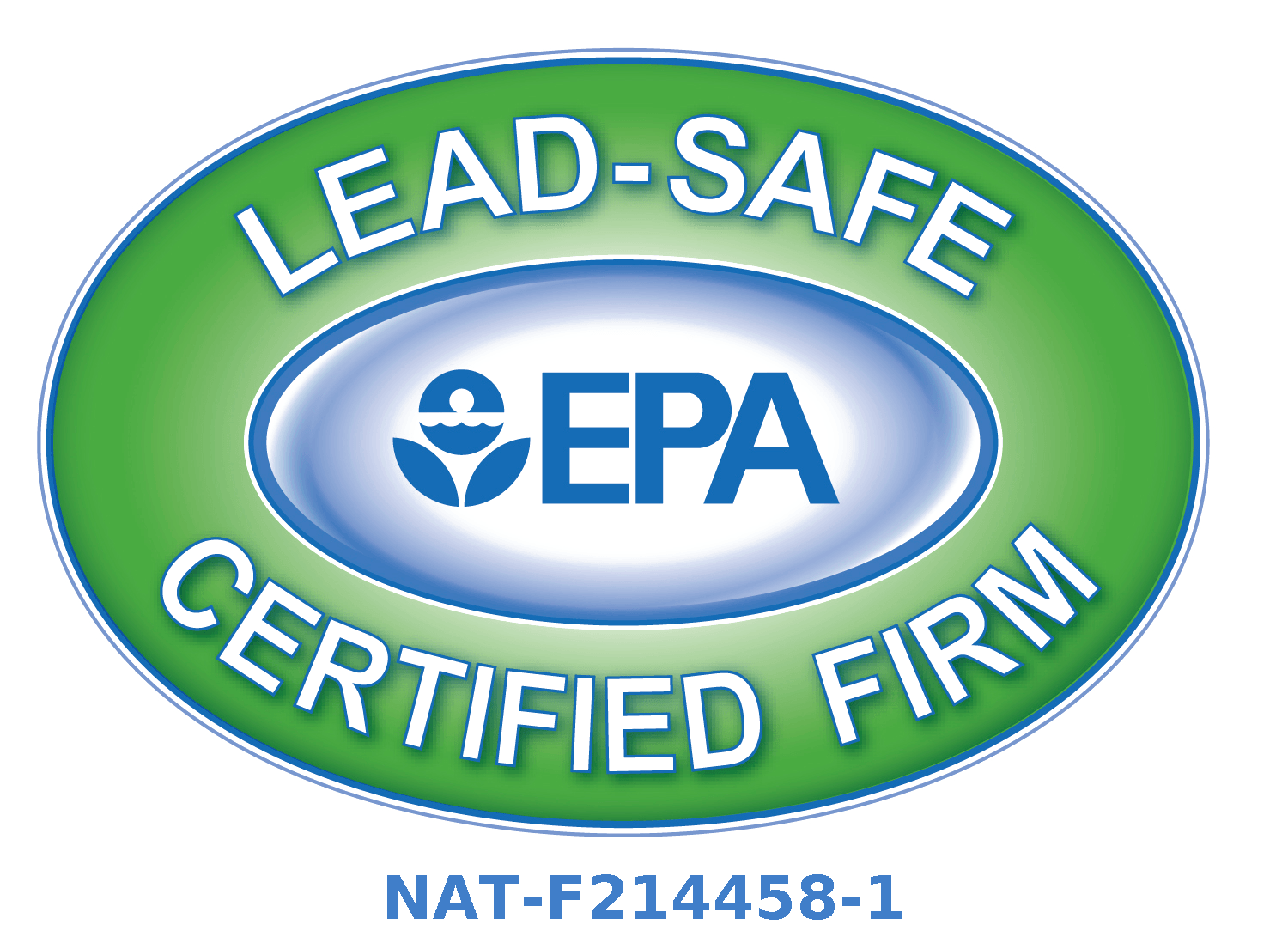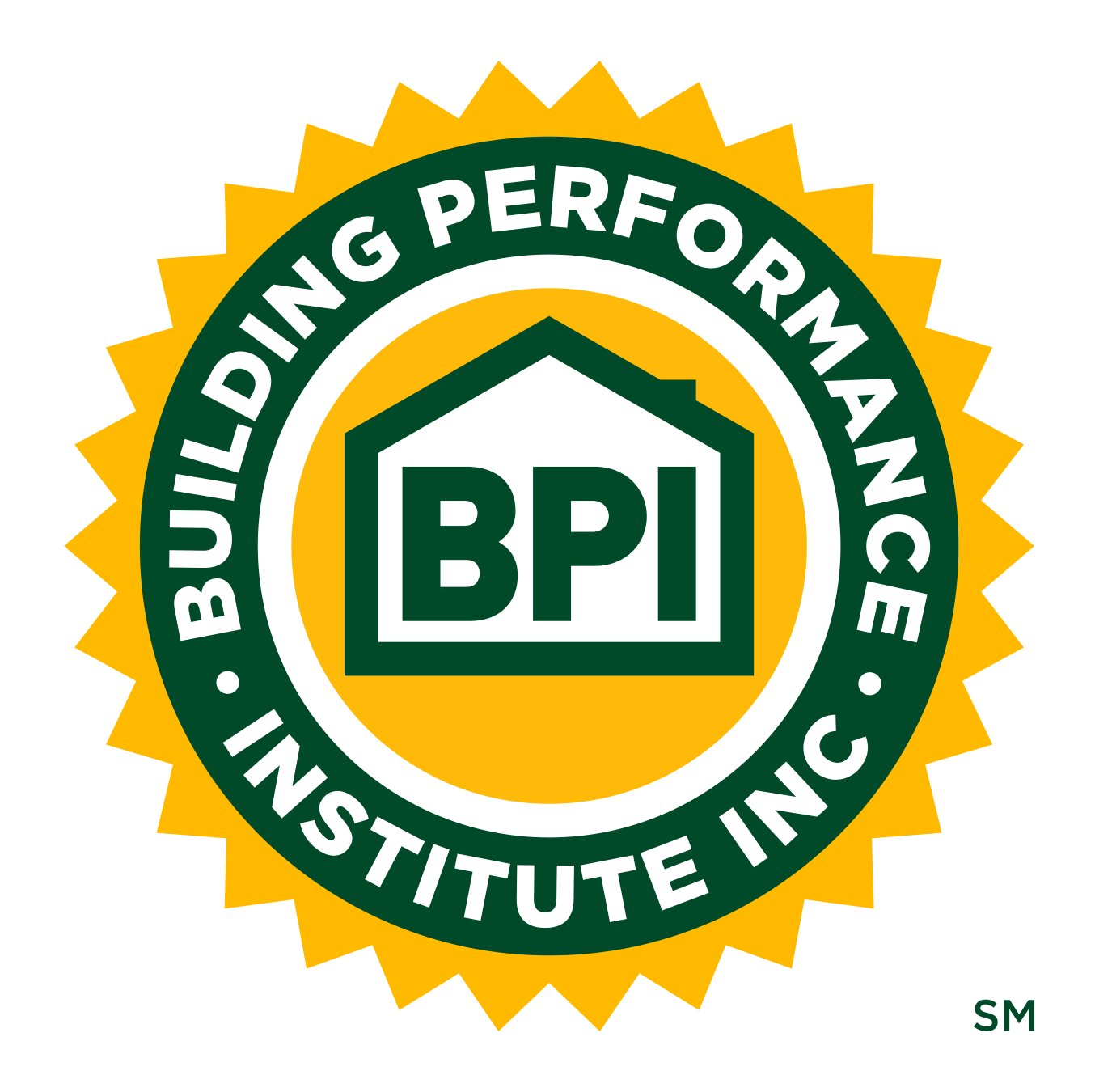How to Prevent Mold Growth in Bathroom Plumbing Fixtures
Bathrooms are the perfect breeding ground for mold. With constant moisture, limited ventilation, and hidden plumbing, it’s no wonder mold can become a problem—especially around sinks, showers, and tubs. Left unchecked, mold isn’t just unsightly—it can cause health issues and damage your home’s plumbing fixtures. At Fry Plumbing & Heating Corporation, we’ve helped thousands of homeowners eliminate and prevent mold in their plumbing systems. Here's how you can keep mold at bay in your bathroom.
1. Improve Ventilation
Poor ventilation is one of the leading causes of bathroom mold. Steam and moisture from showers and baths create the ideal environment for mold spores to grow, especially in small, closed spaces.
What to do:
Fry Plumbing & Heating Corporation can assess your bathroom ventilation and recommend upgrades to reduce moisture buildup.
2. Fix Leaks Immediately
Even small leaks under the sink or around faucets can lead to hidden mold growth over time. Moisture that collects behind walls or cabinets can go unnoticed until it becomes a much bigger—and more expensive—problem.
What to do:
Our licensed plumbers at Fry Plumbing & Heating Corporation specialize in fast leak detection and repair to stop mold before it starts.
3. Clean Fixtures Regularly
Soap scum, grime, and standing water around faucets and drains create a prime location for mold and mildew. Regular cleaning not only keeps your fixtures looking new—it also removes spores before they can grow.
What to do:
4. Replace Old Caulking and Grout
Caulking and grout around sinks, tubs, and showers can degrade over time, allowing water to seep behind walls or under surfaces. Cracked or missing caulk is a common place for mold to take hold.
What to do:
Need help with re-caulking or fixture sealing? Fry Plumbing, Heating, and Air Conditioning Corp. offers professional caulking services to keep your bathroom water-tight.
5. Install a Dehumidifier if Needed
For bathrooms with persistent moisture issues—even with good ventilation—a small dehumidifier can help regulate humidity and prevent mold growth.
What to do:
Keep Mold Out and Plumbing Healthy
Preventing mold in your bathroom is about staying proactive. From fixing leaks and improving ventilation to sealing fixtures and regular cleaning, every step you take can protect your health and your home.
At
Fry Plumbing & Heating Corporation, we offer
expert plumbing services to help you maintain a clean, mold-free bathroom year-round. If you’re dealing with persistent moisture issues or want a professional inspection,
contact us today. Let our team help you protect your home from mold—before it becomes a problem.



